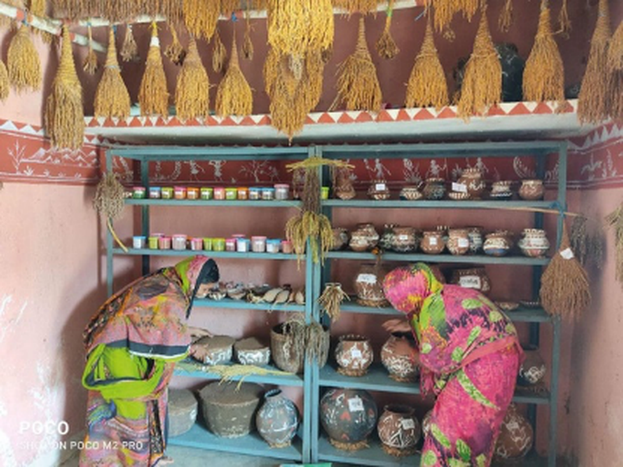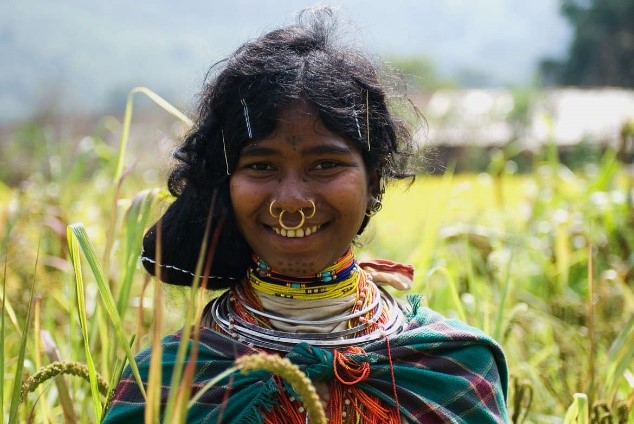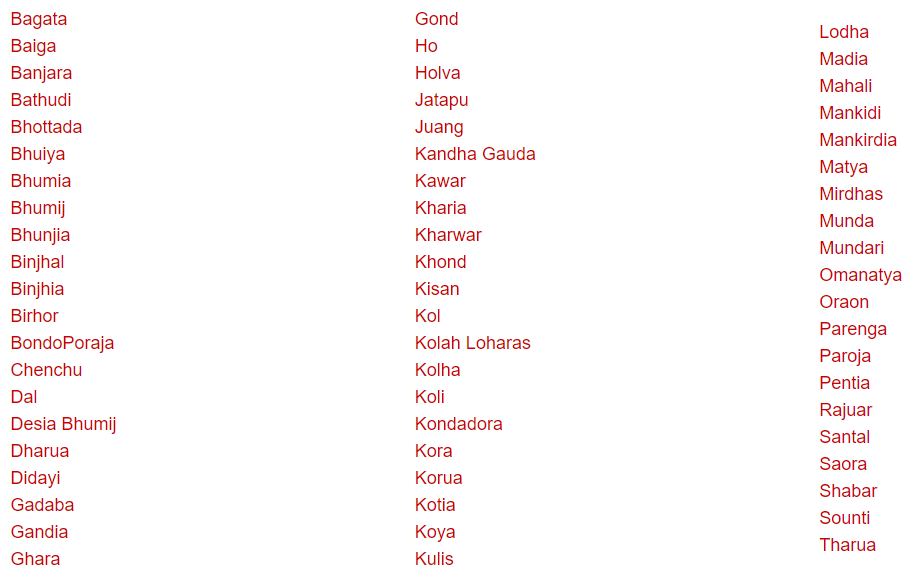Free Courses Sale ends Soon, Get It Now


Free Courses Sale ends Soon, Get It Now



Disclaimer: Copyright infringement not intended.
Context
Bihan Mela
About
Genesis
Commencement of the Festival
Elements of the Festival
Other steps taken in the region
Kondh Tribe: Fast Facts
About
Well- Known

Population
Concentration
Recognition
ST Status
Language
Family
Economy
Religious Beliefs
Trivia

Read about PVTGs: https://www.iasgyan.in/daily-current-affairs/pvtgs
|
PRACTICE QUESTION Q. Which of the following statements are correct? a) Of the 645 Scheduled Tribes enlisted in India, Odisha hosts the largest number – 62 indigenous tribal communities reside in the state. b) The Khonds are the largest tribal group in the state of Odisha. c) The Kandhamal district in Odisha has a fifty-five percent Khond population, and is named after the tribe. d) Odisha has the highest number of PVTGs in India. 1. a and b only 2. b and c only 3. c and d only 4. All of the above statements are correct. Correct Answer: Option 4 |
© 2024 iasgyan. All right reserved